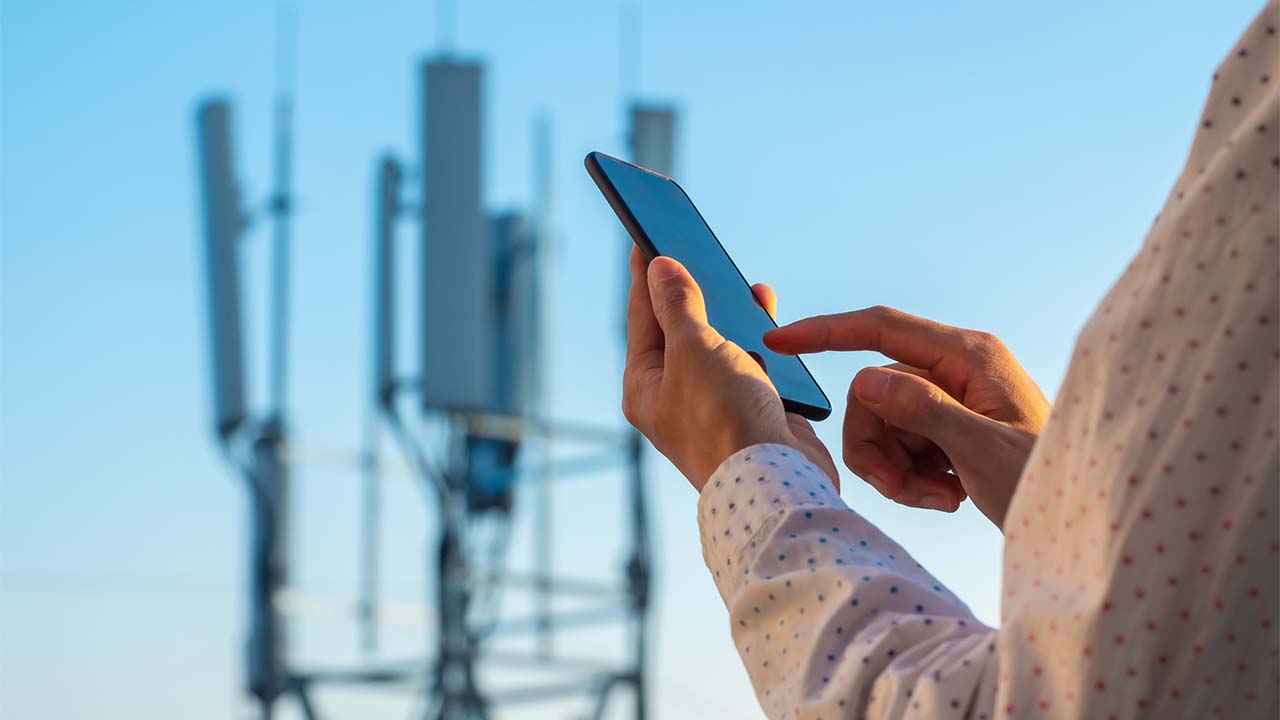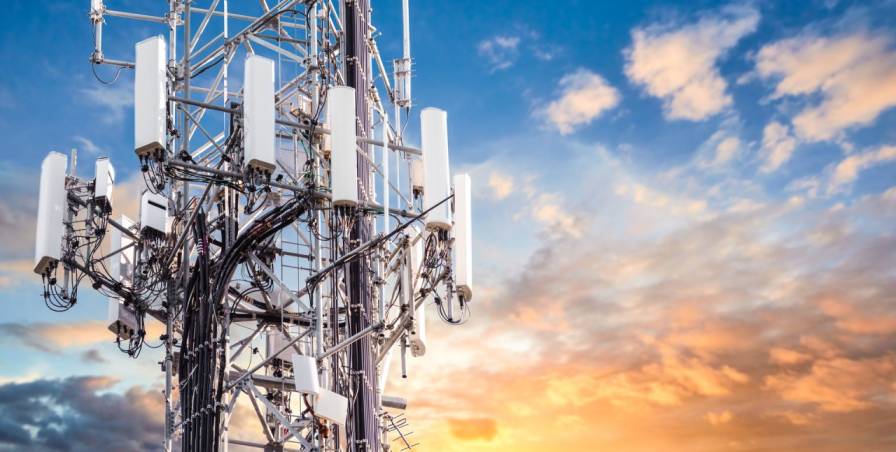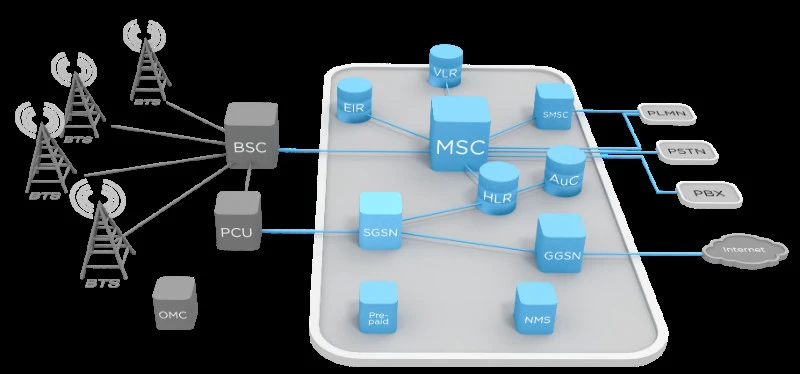BSS and NSS in GSM networks are subsystems that comprise of different organization parts to help radio and center organization capabilities. BSS manages the versatile radio organization though NSS manages the Network Switching Subsystem.
About NSS ( Network Switching Subsystem )?

As referenced over, the NSS is a piece of the GSM network engineering. It contains the components Versatile Administrations Exchanging Center (MSC), Home Area Register (HLR), Guest Area Register (VLR), Validation Center (AC), Hardware Personality Register (EIR).
Confirmation Center (AC) and Hardware Personality Register (EIR) are likewise the piece of NSS (Network Switching Subsystem). Security in the GSM network are given by the utilization of the Confirmation Community (AC) and Gear Personality Register (EIR).In the GSM network design, what is the job of NSS, an endeavor has been made by the accompanying picture.
Read Also: Etekcity Wireless Remote Control Outlet Light Switch Remote Blinking
Base Station Subsystem - BSS
In second-age (2G) GSM organizations, BSS alludes to Base Station Subsystem, which is liable for dealing with the radio organization assets inside a GSM portable organization. It comprises of Base Handset Stations (BTS) and Base Station Regulators (BSC). BSS deals with the radio engendering way, flagging, portability the board and synchronization.
Base Station Regulator (BSC) is an essential piece of the BSS, which controls various radio base stations (BTSs). The BSC inside a BSS, for instance, concludes which recurrence ought to be distributed to a cell phone to effectively proceed with a call.
At the point when a versatile client is progressing, for instance, in a vehicle, the BSC continues to give up the call from one base handset station (BTS) to the close to settle on certain that the decision go on in a satisfactory quality. At the point when the client moves from the area covered by the ongoing BSC to the area covered by another BSC, the bring is given over to another base station (BTS) inside the new BSC with better sign strength.
Before the appearance of the Overall Parcel Radio Help (GPRS), the GSM networks just had the circuit-turning capacity which on the center organization side was empowered by MSC (Portable Exchanging Center). MSC is a fundamental center organization part in GSM and is liable for controlling different Base Station Subsystems (BSSs).
At the point when GPRS was presented, the current BSS in GSM networks was moved up to help the GPRS conventions. The new center organization element, Serving GPRS Backing Hub (SGSN), was connected to the BSS through the Gb interface. The BSS overhaul likewise presented help for improved Layer 2 (L2) conventions in the air interface for Radio Connection Control (RLC) and Medium Access Control (Macintosh).
While the main substances for parcel based GPRS administrations are the SGSN and GGSN hubs, BSS is liable for dispensing radio organization assets to a client when any information related network movement is identified. An illustration of this action is when portable information is sent or gotten by the cell phone.
Network Exchanging Subsystem - NSS

Network Exchanging Subsystem or Organization and Exchanging Subsystem (NSS) addresses the portable center organization in 2G GSM liable for the exchanging of calls and portability the executives capabilities. The first NSS design just incorporated the circuit-exchanged parts for voice calls and SMS. The ongoing GSM center organization additionally incorporates parcel exchanged parts for information administrations.
The first Network Switching Subsystem engineering in GSM networks basically comprises of Versatile Exchanging Center (MSC), Guest Area Register (VLR), Home Area Register (HLR), Confirmation Center (AuC) and Gear ID Register (EIR). These organization elements empower circuit-exchanged administrations like voice calls and short message administration (SMS).
The presentation of General Parcel Radio Assistance (GPRS) in 2G GSM networks in the last part of the 1990s broadened the GSM center organization by adding two extra hubs SGSN (Serving GPRS Backing Hub) and Door GPRS Backing Hub (GGSN). SGSN and GGSN empower bundle exchanged portable information administrations (versatile web) in GSM organizations.
MSC - Versatile Exchanging Center
In the first NSS plan, the most basic organization substance is the Portable Exchanging Center or MSC which works with the circuit-exchanged voice calls and SMS in GSM organizations. MSC is the connection point between a versatile organization and outside telephone organizations like PSTN (Public Exchanged Phone Organization) and ISDN (Incorporated Administrations Computerized Organization). MSC associates with the outside networks through another element called Entryway MSC (GMSC).
The MSC is likewise answerable for different capabilities including versatility the executives and verification. It works with various key data sets or registers including HLR, VLR, AuC and EIR to permit cell phone clients to interface with the versatile organization.
AuC and EIR
For verifying a cell phone to interface with the versatile organization, the MSC works with an organization substance Verification Center (AuC). AuC is a data set that approves the SIM and utilizes encoding to safely permit cell phones to interface with the organization.
MSC likewise works with another information base called Hardware Character Register or EIR which is the substance that contains the IMEI numbers (Global Portable Gear Personality) for every single cell phone. MSC works with EIR for enrolling a cell phone onto the versatile organization before each call.
Must Read: How the new Nintendo Switch V2 compares to the original model
HLR and VLR
Home Area Register and Guest Area Register are two fundamental data sets in NSS that the MSC works intimately with. VLR is a vital piece of the MSC while HLR is a different information base.
HLR contains data about the membership status of cell phone clients and their topographical areas. The data about a client's area and their administration status permits the versatile organization to dispatch the right administrations to them while permitting them to interface with the organization through the nearest base station (BTS).
VLR, then again, is a conveyed area register, dissimilar to HLR, which is a focal information base. VLR is incorporated with explicit MSCs and works intimately with the HLR to keep it refreshed on the area and administration status of a cell phone client. Thus, if a cell phone client X needs to call another telephone client Y, the organization can track down the area and record status of the two clients to work with the call.
BSS additionally implies Business Emotionally supportive networks
In more extensive telecom organizations, including portable and fixed, BSS additionally alludes to Business Emotionally supportive networks. The Business Emotionally supportive network is liable for dealing with the client confronting capabilities inside a telecom organization. It incorporates undertakings like charging, charging, administration satisfaction, income the board, client the executives, request the executives, item indexes, etc.
Curiously both Business Emotionally supportive networks (BSS) and Base Station Subsystem (BSS) work intimately with another organization substance Tasks Emotionally supportive networks (OSS). Be that as it may, Base Station Subsystem is restricted to GSM and GPRS networks just, while BSS is a lot more extensive substance utilized in most telecom organizations.
Fundamental Pieces of NSS ( Network Switching Subsystem )

We have all been very much aware that GSM network is partitioned into three subsystems: Network Switching Subsystem (NSS), Base Station Subsystem (BSS), and Organization The board Subsystem (NMS). Be that as it may, this moment we're discussing the fundamental piece of the NSS.
The following are the fundamental components of NSS which we will examine
➤MSC (Versatile Administrations Exchanging Center)
➤VLR (Guest Area Register)
➤HLR (Home Area Register)
Maybe the term MSC isn't new to every one of you, we as a whole realize that MSC is liable for controlling brings in portable organizations, this recognizes the beginning and objective of the call as well as the kind of call.
Fundamental elements of NSS
Main functions of NSS
1. Call Control : The capability of NSS is call control, different capabilities likewise go under call control like distinguishes the endorser, lays out a call and clears the association after the discussion is finished.
2. Charging : The subsequent principal capability of NSS is charging. In reality charging is a cycle and through this cycle gathers the charging data about a call like the quantities of the guest and the called endorser, the time and sort of the exchange, and so forth, and moves it to the Charging Center.
3. Versatility the executives : By Portability The board interaction keeps up with data about the area of the endorser.
4. Correspondence with different organizations and the BSS : Through this applies to connects with the BSS and PSTN.
5. Supporter information taking care of : In Endorser information dealing with is the long-lasting information stockpiling in the HLR and impermanent capacity of significant information in the VLR. which previously portrayed previously.

